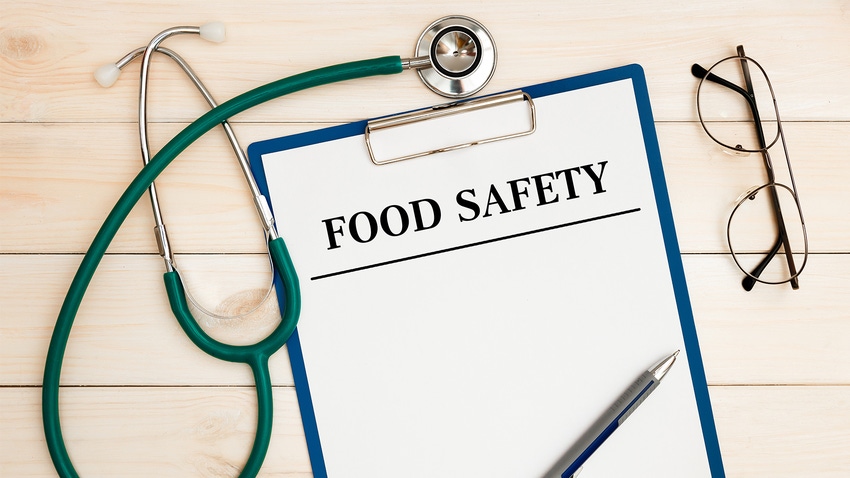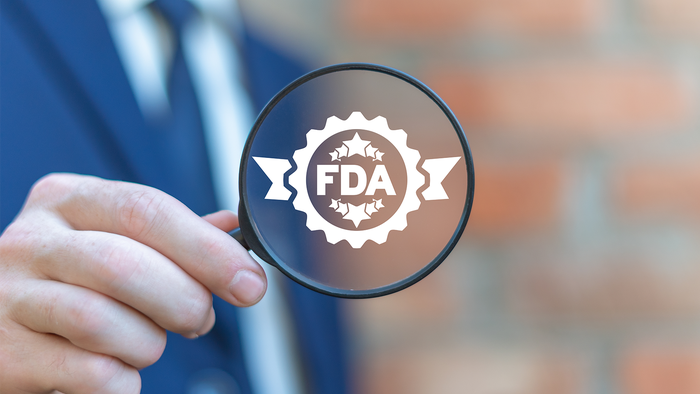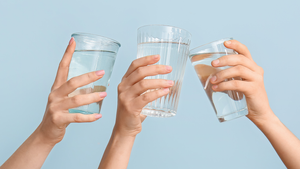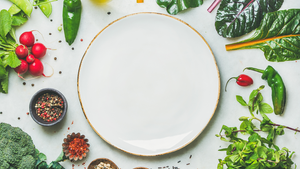FDA commissioner faces tough questions on food safety, oversight in congressional hearing
Bipartisan members of the House Oversight Committee drilled FDA Commissioner Robert Califf about various issues, including children’s food safety and the oversight of imported seafood, during a recent congressional hearing.

At a Glance
- Concerns about heavy metals in children’s food were addressed, with calls for more stringent FDA regulations and inspections.
- FDA faces criticism over its limited resources for inspecting imported seafood.
- Congress members question FDA’s handling of food safety issues, urging more proactive measures and legislative empowerment.
Food and Drug Administration (FDA) Commissioner Robert Califf recently sat in the hotseat as bipartisan members of the House Oversight Committee quizzed him about issues related to drugs, tobacco and food. Children’s food dominated food discussions with questions about heavy metals, the recalls of applesauce and infant formula and lack of inspections for facilities. Imported seafood was also addressed.
Califf made clear that the industry that produces the product is the first line of defense. He used an analogy to share government accountability and to define FDA’s role as referees: “You all in Congress actually write the rule book, much like in any sport. We enact what’s in the rule book.”
Rep. Jamie Raskin brought up lead- and cadmium-contaminated applesauce and questioned why FDA doesn’t inspect every manufacturing facility. “We don’t have an unlimited budget,” Califf replied. “So, what keeps us from inspecting all 275,000? You don’t have to be a brilliant mathematician to know how many people you’d have to have.” The solution, Califf suggested, is mandatory testing of every batch of food for children, just as required of drug companies.
Rep. Raja Krishnamoorthi began his questioning by stating he was chair of a committee that studied the presence of toxic heavy metals in baby food. In March 2021, the committee reported baby food had, on average, 177 times the permissible amount of lead in drinking water. In response to public pressure, FDA issued an action plan called Closer to Zero. Although FDA said it would issue initial draft guidance for permissible lead limits in baby food in 2022, it didn’t issue draft guidance until 2023.
Holding up a screenshot of FDA’s website, Krishnamoorthi addressed the lack of updates for arsenic, cadmium and mercury. Califf had no response other than to say, “I’ll take your word for it,” “I’m not up to date on it but I’ll assume you’re telling the truth” and “You say it, it must be so.”
“It’s been three years since we issued that report,” Krishnamoorthi said. “The public, the parents are outraged about the amount of toxic heavy metals that are present in baby food. And quite frankly, sir, I respectfully say that your Closer to Zero program at this point is closer to zero updates. And that’s very, very disturbing.”

With regard to the infant formula shortage, Congresswoman Lisa McLain, contested the handling of the crisis by both FDA and the White House as she entered into the record email exchanges within FDA and between FDA and the White House.
McLain argued either Califf or the FDA didn’t tell the president or the president didn’t act. “You know what baffles me is you make about 200 grand,” she said. “You’re supposed to be in charge, but when the you-know-what hits the fan, everybody runs for the hills.”
“The FDA did, in fact, raise the issues to at least nine different White House officials and President Biden took no action,” Califf said.
Questioning by Rep. Clay Higgins was amicable, but direct. “According to my research and investigations, about 60% to 65% of seafood consumed in America is imported,” he said. “And generally speaking, given the limited resources that you have at your avail, you’re able to supervise the inspection of about one-tenth of 1% of imported seafood. Is that generally correct, sir?”
By FDA’s account, Califf said it’s more than 65% of seafood. “We use artificial intelligence [AI] now to look at the characteristics of the shipment to pick out,” he said. “So, it’s not just the small number you referred to. It’s a high-risk part of the import.”
While Higgins acknowledged that FDA has a massive job to do with limited resources, he referenced the Choice Canning Co., which is a known violator that imported 24 million pounds of shrimp to the United States last year alone. “So basically, imported seafood is coming into our country, and of the billions and billions of pounds, there’s very little of it that is being actually inspected at the laboratory level for biological and chemical contaminants,” he said.
Califf didn’t protest. “I would say in general, including this arena, the industries have, by and large, fought our ability to do what you described,” he said. “It’s not just true in the area that you mentioned. But in general, I believe we would exercise our authorities responsibly and could more quickly take care.”
Higgins offered his intention to legislatively empower FDA to have aggressive responses to shipments of contaminated seafood that enter our country. “Let me thank you for that,” Califf said. “I’m a South Carolinian. I think our shrimp is better than yours. But in any case, there’s nothing I like better than to see a resurgence of the seafood industry in the United States.”
About the Author(s)
You May Also Like






